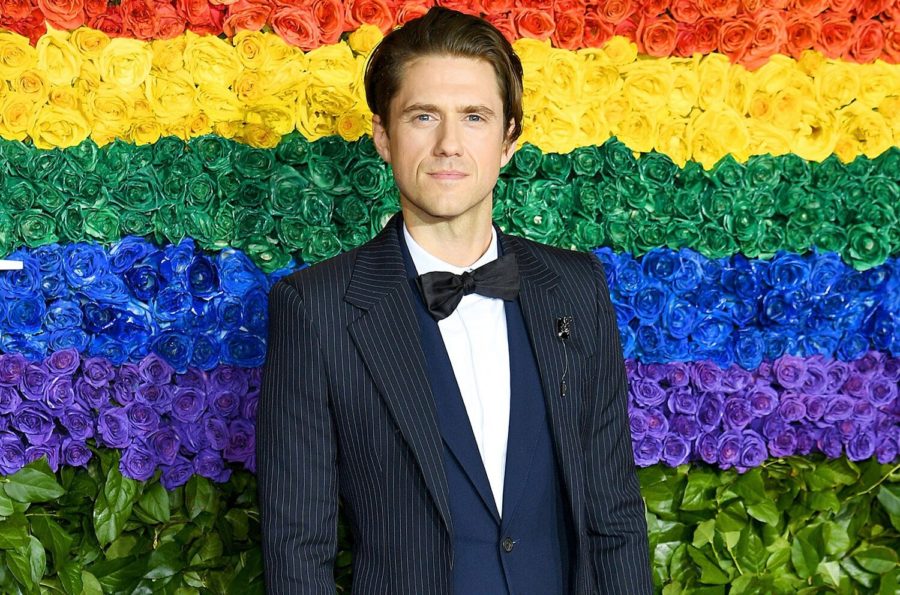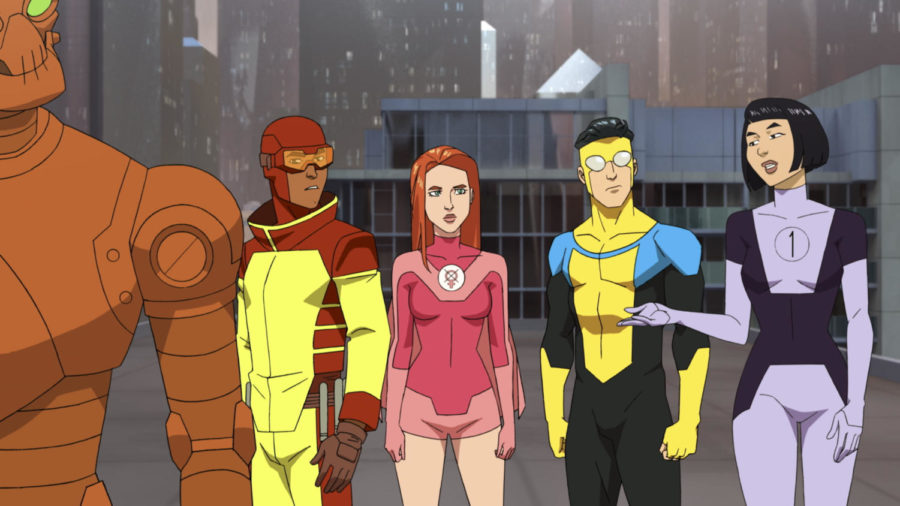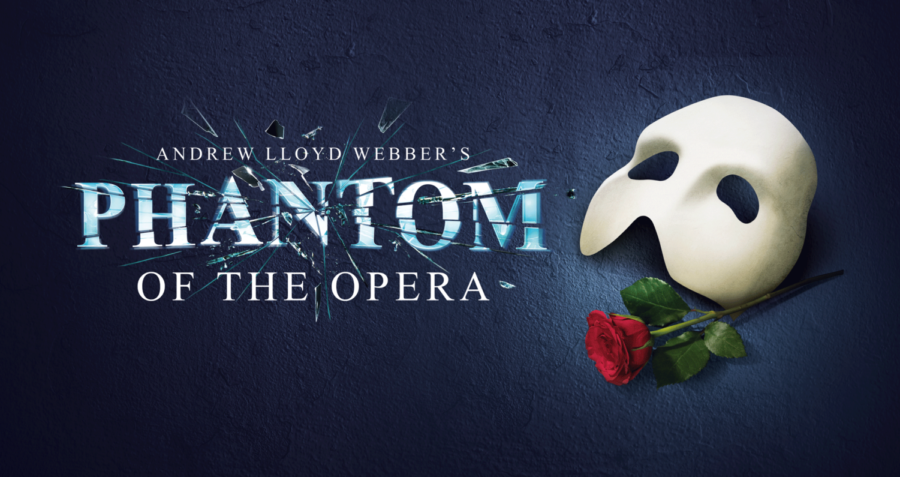 Patheos.com photo: "The Master" is a film written by renowned director Paul Thomas Anderson
Patheos.com photo: "The Master" is a film written by renowned director Paul Thomas Anderson
It all begins with a scene of bright blue waves and swirls of white foam flowing upward from the bottom of the movie screen. As the audience, our senses become lost in the beautiful chaos of the open water, we now see.
We soon find that this opening shot becomes a symbol for the main character of Paul Thomas Anderson’s latest film, The Master. Joaquin Phoenix stars as a man named Freddie Quell; an alcoholic WWII veteran struggling to find his place in society after returning home from the war.
After losing numerous jobs due to his abusive habits, Freddie stumbles upon the friendship of Lancaster Dodd (Philip Seymour Hoffman); the leader of a philosophical movement labeled “The Cause.” Quell joins the movement and his recklessness inspires Dodd to help him adapt to the philosophy and shelter him from the judgmental outside society.
The movie thus follows the friendship of the two and the development of Dodd’s movement, or cult, as many outsiders in the film refer to it.
Regardless of anything else, this film is worth seeing simply for the Oscar-worthy performances of Joaquin Phoenix and Philip Seymour Hoffman. The visuals of the film are incredibly artistic. The camera angles, movements and editing are very well stated and deliberate; evidence of Anderson’s guiding hand is stamped throughout. Many of the shots cater toward the lead actors, giving us close-ups that let us take in every aspect of their engrossing performances.
As an audience member, one is scared to look away from the screen and possibly miss one of the fantastic subtle ticks that Phoenix brings to life, or Hoffman’s steel gaze that seems to look right through you. The score of the film, written by Radiohead band member Johnny Greenwood, is just as superb, and adds a great deal of suspense and intrigue to the visuals.
Tailored specifically for the film to provide a mesmerizing tone, it more than accomplishes its goal. The music often equals the mystery the audience feels as we attempt to piece together the puzzles of Dodd’s movement.
Artistic merit aside, while the plot feels like it is constantly changing and we never quite get to a climactic ending. Dodd’s ‘Cause’ remains shrouded in more mystery than we would prefer, however, the ride as a whole makes the lackluster destination entirely worth it.






